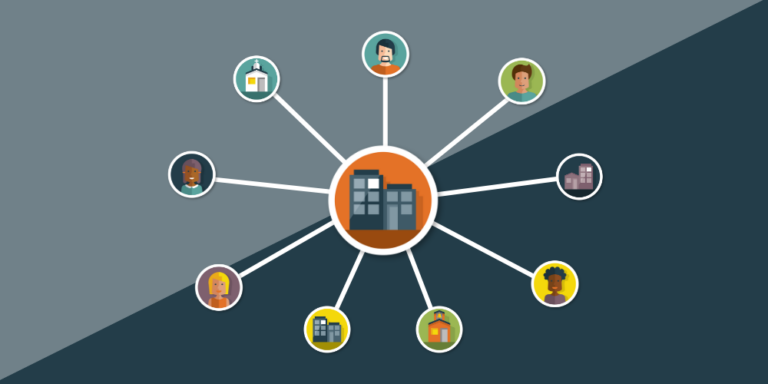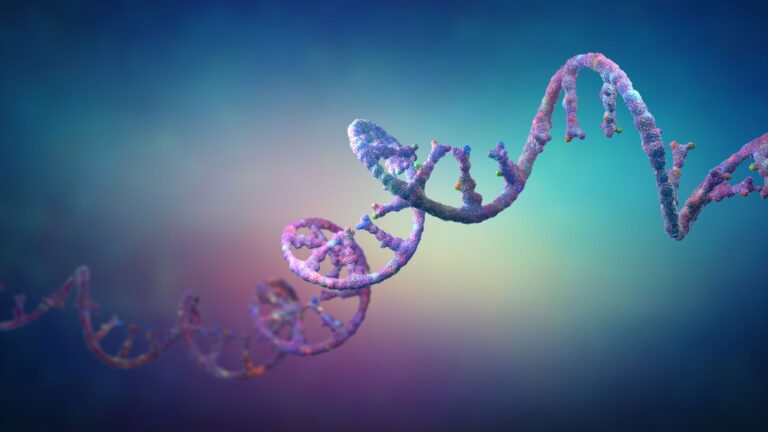Self-Destructing Message is a cryptographic protocol that uses the BitMessage network. When you send someone a self-destructing message, they will only know who sent it at the time that it is sent. They cannot see self destructive message delivered to them before or after their own in any order, and there are no external pointers that can be used to link messages between different users and earlier or later delivery times.
Only the recipient can send another message, but it must be accompanied by a signature to prove that they had already seen the original message not destroyed after reading it. Here’s how self-destructing message can help you:
To preserve privacy
When you send a message, you can specify that it should be destroyed after delivery in some circumstances. For example, you can require that a message is only seen once by every recipient or that it is visible to no more than three people before it is deleted. All these messages are encrypted end-to-end with your public key. Moreover, if you want to make sure that nobody can read the message after some time in the future, self-destructing messages are for you.
To avoid leaks of sensitive information
You can specify that the message should be destroyed after some time, for example, one week. When you fill in a table, for example, and communicate it to your co-workers who are going to confirm it with you, your table will only exist for one week. Your co-workers can also choose the time when they destroy it.
To avoid leaks of your own information
You can use as many identities as you want to send self-destructing messages. You can control lifetime, and you are the only one who knows about it. Nobody can trace or find out your real IP address, even the BitMessage server cannot.








